Aeré makes an inflatable beach roller that works wonderfully well on all kinds of beaches from sand to shingle, but at 5′ long they’re much larger than I need for my canoes and kayaks, the boats I normally pull ashore. The Florida-based company also makes a wide variety of inflatable fenders that are built in the same manner as the rollers. Their core of heavy polyester fabric is coated with a thick layer of PVC inside and out. The seams are welded and reinforced with strips of additional material, glued in place. The Aeré fender's sturdy construction and tough material enables it to double as a roller for small boats.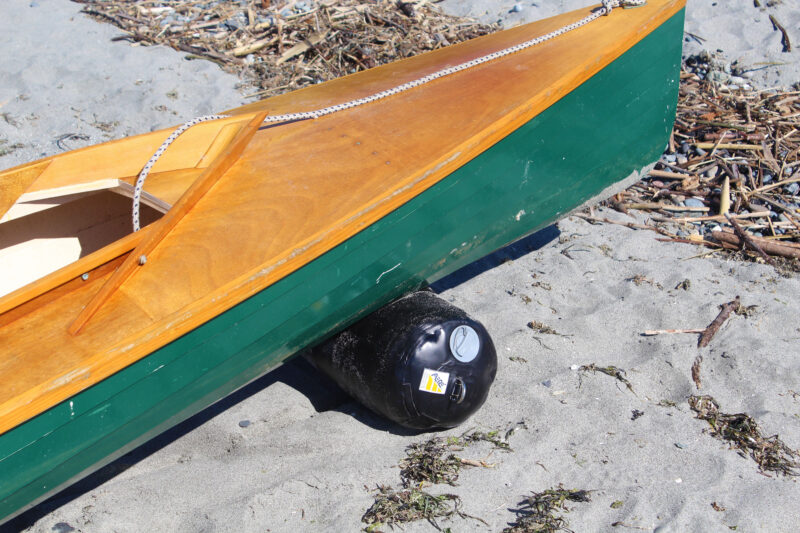 Photographs by the author
Photographs by the author
Join The Conversation
We welcome your comments about this article. If you’d like to include a photo or a video with your comment, please email the file or link.
One thought on “An Inflatable Fender/Roller”
Leave a Reply
Stay On Course

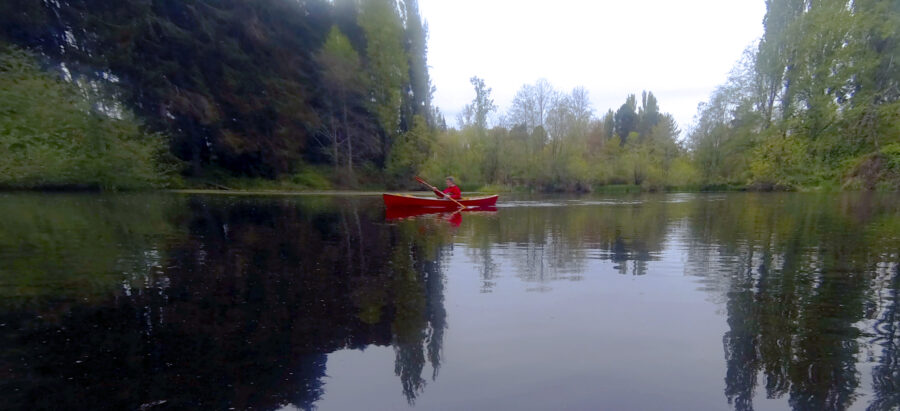

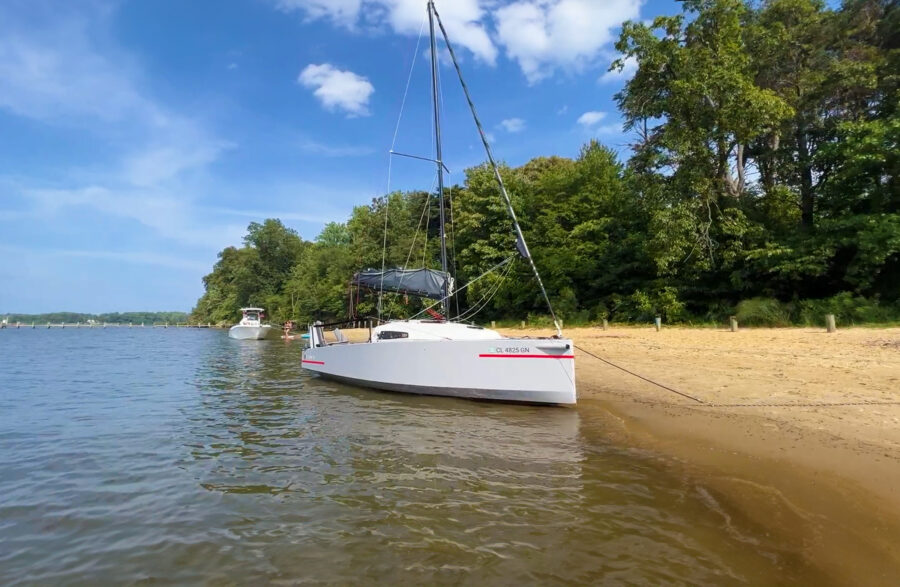
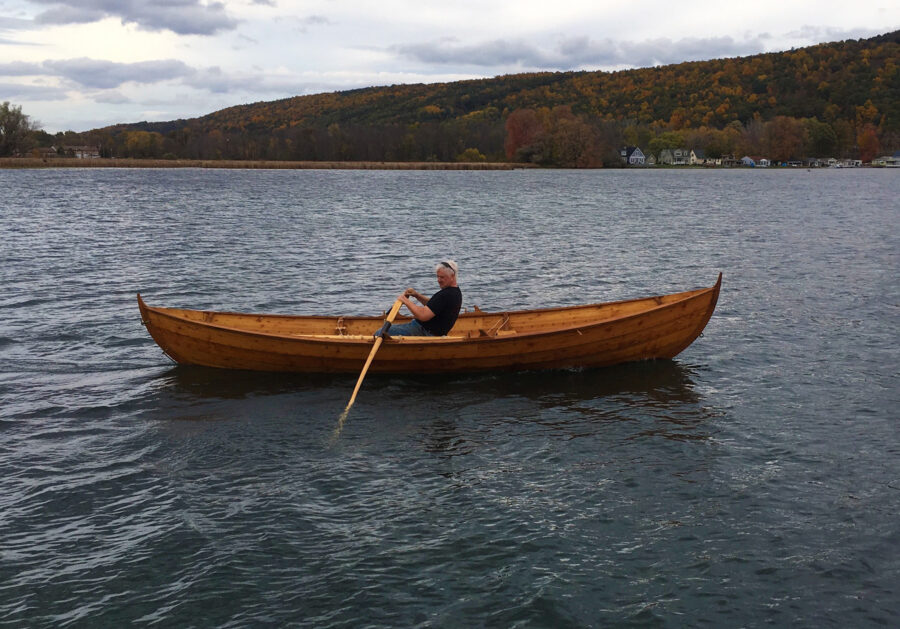
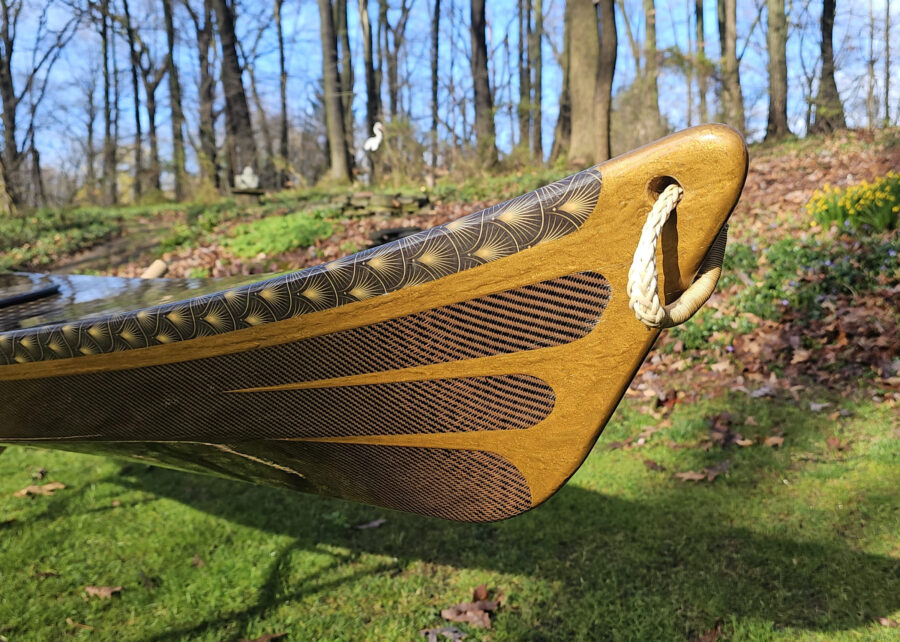
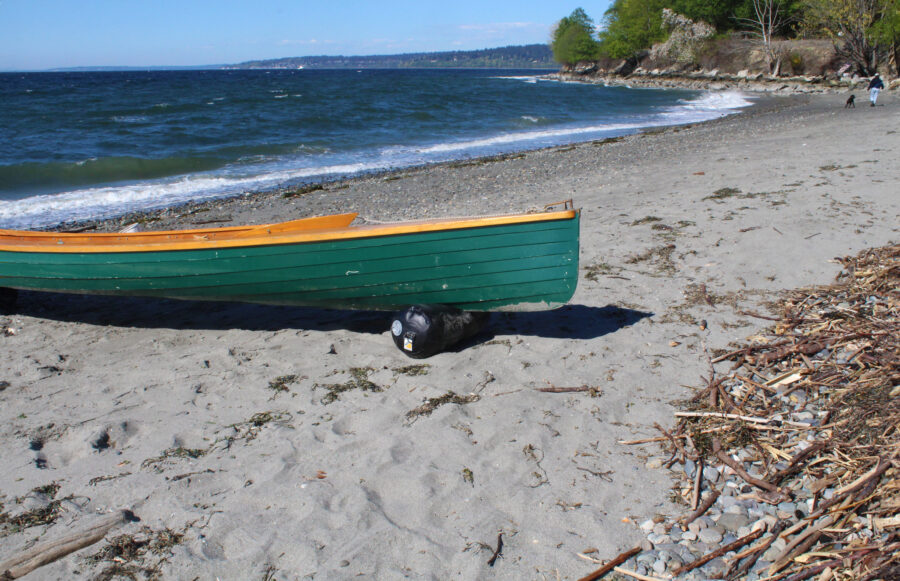
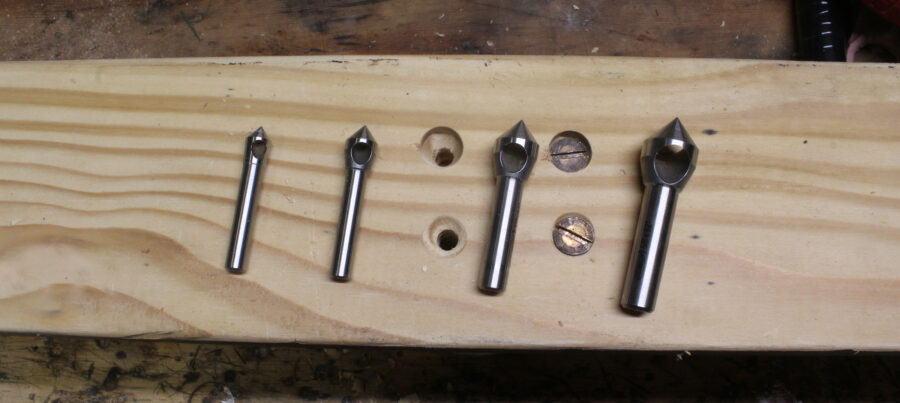
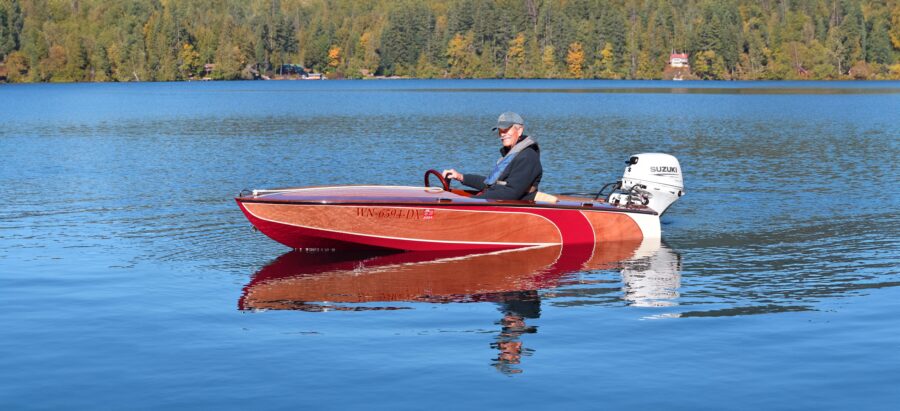
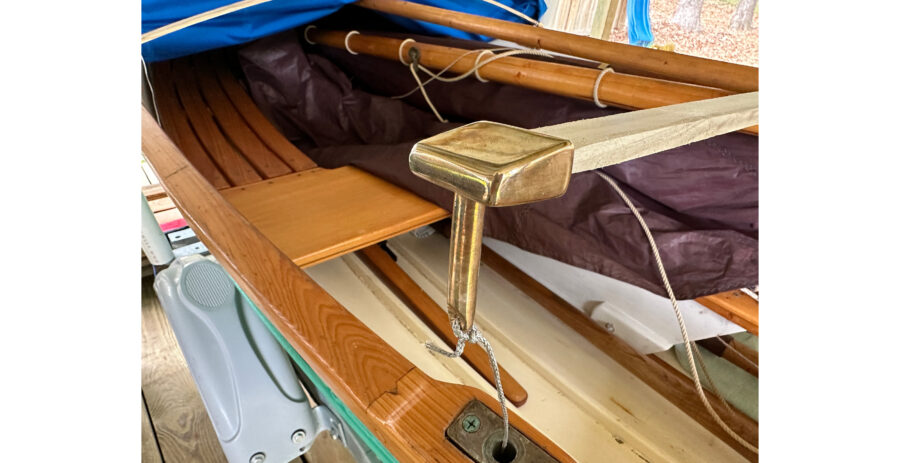
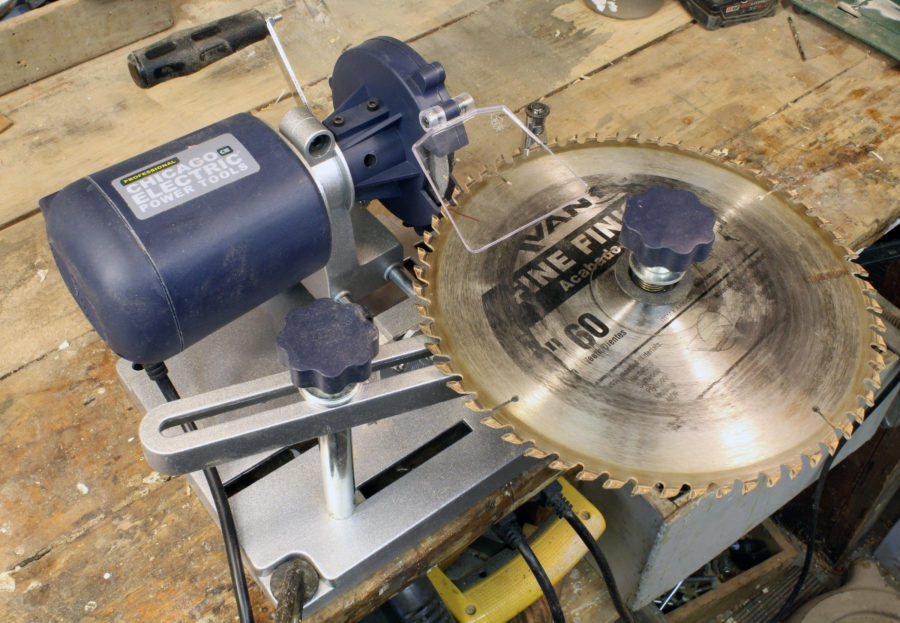
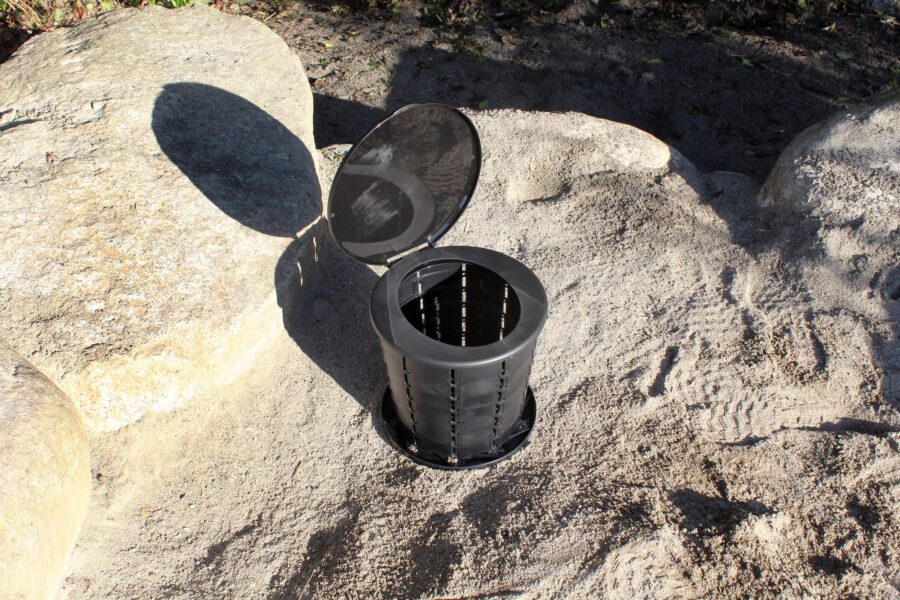
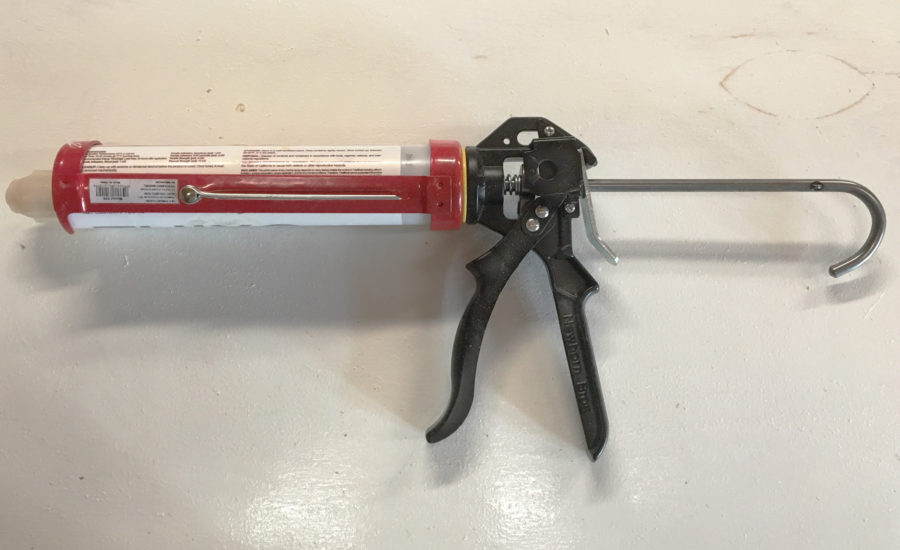
Thanks for the tip on the inflator. I didn’t have 1/4” dowel on hand but saw my glue gun and used part of a stick. The device works well but I was concerned about losing it so I looped a lanyard around it and sealed it to the PVC with some hot glue. As you noted, I inflated the roller in less than 20 puffs. Now I don’t have to carry the bulky pump on my dory!